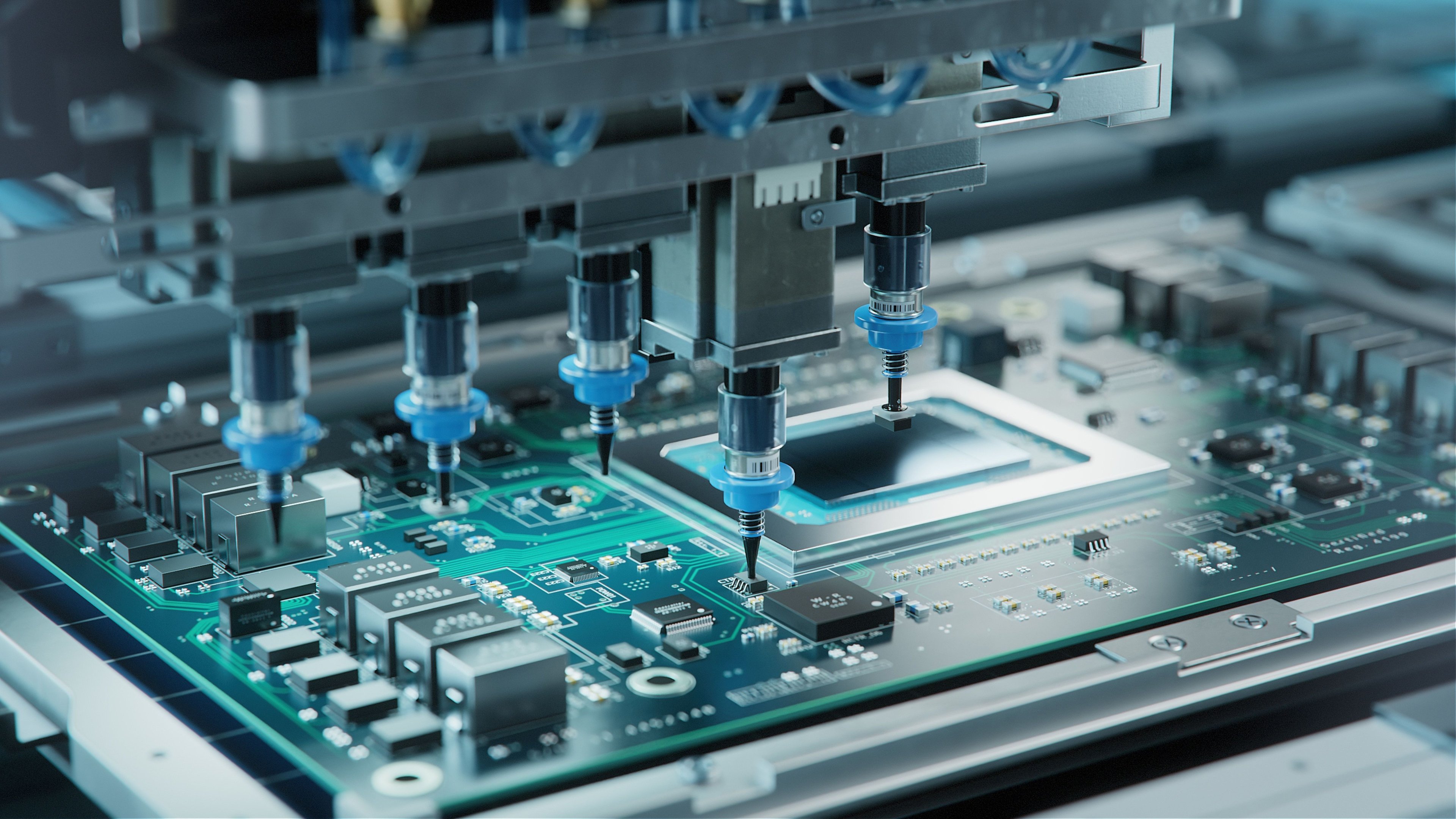
Image source: Cirrus Logic.
Audio-chip developer Cirrus Logic (CRUS +0.34%) reported its fiscal first-quarter results after the market closed on July 27. Revenue and earnings slumped for the second quarter in a row, with weak iPhone sales and a dual sourcing strategy from one of the company's Android customers hurting its results. Cirrus expects to return to growth during the second quarter, driven by new product introductions. Here's what investors need to know.
Cirrus results: The raw numbers
| Metric |
Q1 2017 |
Q1 2016 |
Growth (YOY) |
|---|---|---|---|
|
Revenue |
$259.4 million |
$282.6 million |
(8.2%) |
|
GAAP EPS |
$0.24 |
$0.50 |
(52%) |
|
Non-GAAP EPS |
$0.44 |
$0.54 |
(18.5%) |
Data source: Cirrus Q1 earnings release.
What happened with Cirrus this quarter?
Cirrus reported another revenue and earnings decline, but it expects business to pick up going forward.
- Gross margin improved despite the drop in revenue. GAAP gross margin was 48.8%, up from 46.9% during the prior-year period, while non-GAAP gross margin expanded from 47% to 48.9%.
- GAAP operating expenses rose by 10% year over year excluding the effect of a patent agreement during the first quarter of 2016. The company cited a growing headcount and investments in product development as the drivers behind the growth in operating expenses.
- Cirrus' largest customer, Apple, accounted for 68% of its revenue.
- Cirrus attributed the bulk of its revenue decline to the decision by a large Android customer to dual-source core chipsets.
Cirrus expects to return to growth during the second quarter.
- Revenue is expected to be in a range of $380 million to $410 million, up 29% year over year at the midpoint.
- GAAP gross margin is expected between 47% and 49%.
- Combined GAAP R&D and SG&A expenses are expected between $110 million and $114 million, compared with $104 million during the first quarter.
What management had to say
Cirrus CEO Jason Rhode expects to the company to produce strong growth during fiscal 2017 despite the weak first quarter:
"We are pleased to have delivered results above the high end of our guidance for the June quarter, and we continue to expect strong growth in FY '17 driven by new product introductions. Our team has done a great job of developing a compelling portfolio of high performance audio and voice solutions, and we believe the company is well positioned to capitalize on these exciting markets into the future."
While Cirrus remains heavily dependent on Apple, its long-term growth strategy is based on diversification. The company's letter to shareholders provided the details:
As a leading supplier of innovative audio and voice solutions, the company's strategy in mobile phones is to continue to maximize our opportunity in flagship devices, expand our business with OEMs three through 10, and drive features and content from flagship into mid-tier devices. Beyond the mobile market, we intend to migrate the technologies we have developed for handsets into a number of emerging applications including the smart home and wearables, with the adoption of digitally connected headsets driving our largest opportunity initially. Finally, we are investing in MEMS microphones and other signal processing intensive technologies such as voice biometrics that we believe will significantly broaden our served available market in the coming years.
Looking forward
While Cirrus reported the second quarter in a row of slumping revenue and profits, the company expects new products to drive its growth over the next few quarters. The next iPhone, expected to be launched in September, will be the main driver of Cirrus' results, given the company's dependence on Apple. If iPhone sales disappoint this fall, Cirrus will have a tough time hitting its guidance for the year.






